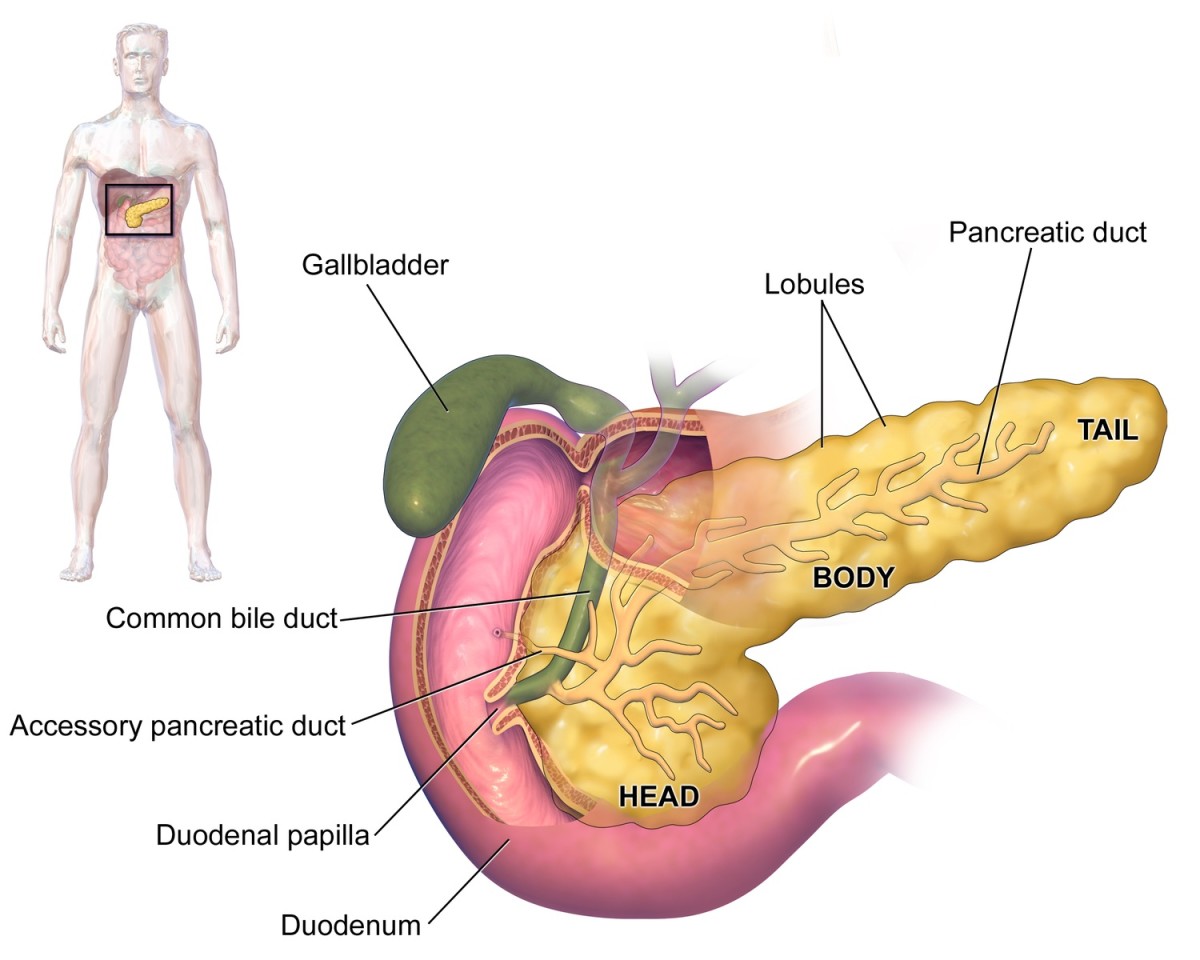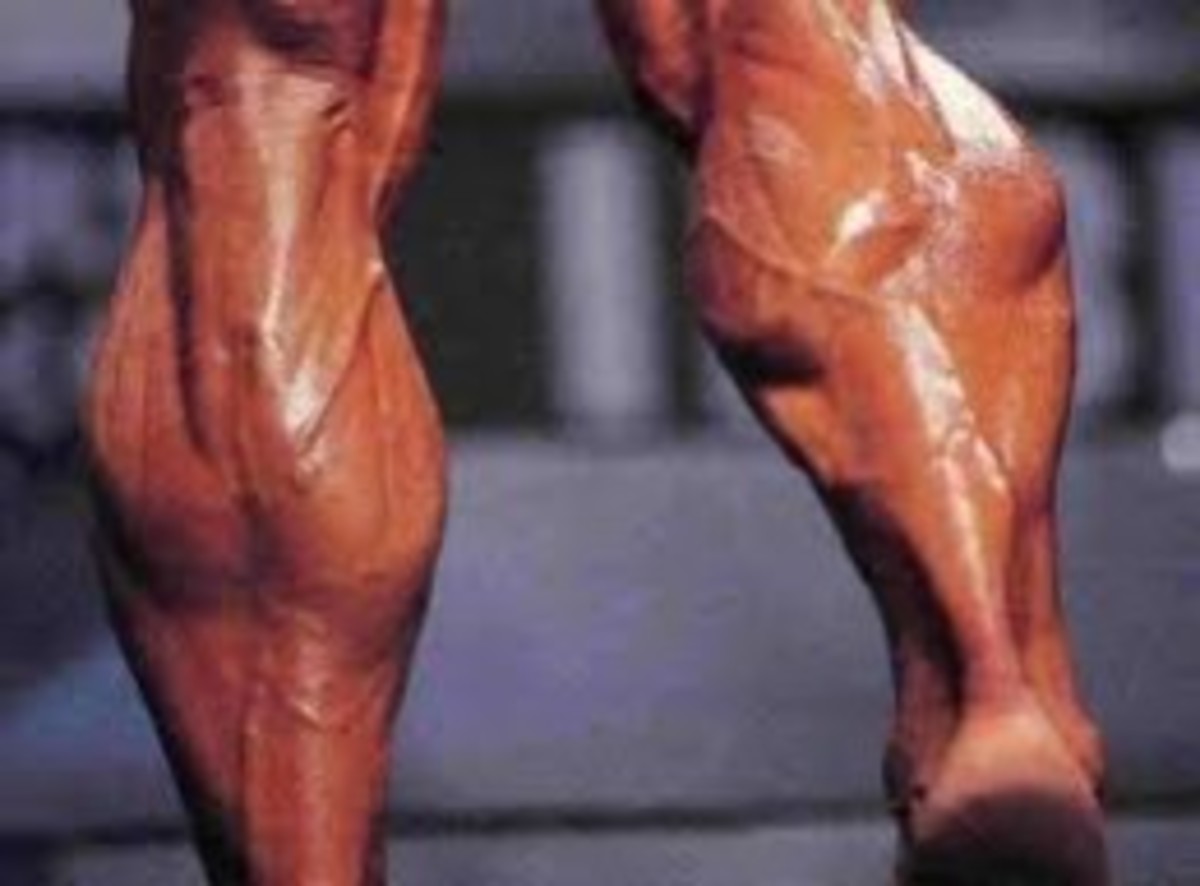Spot Reduction: Myth or Truth?
This is pretty simple!
If you examine the physiological pathways for burning calories, converting nutrients to glucose (gluconeogenesis), the answer is pretty obvious. This process takes place in the liver, never in muscles. That said, there is no mechanism in the body where the liver can "select" where the non-carbohydrate precursors are drawn from.
Gluconeogenesis is defined as follows:
Gluconeogenesis (abbreviated GNG) is a metabolic pathway that results in the generation of glucose from non-carbohydrate carbon substrates such as lactate, glycerol, and glucogenic amino acids.
If I did situps all day, non stop, I would burn calories. I would tone the abdominal muscles, but "definition" in that area would not increase. As I've pointed out in other articles, tone is "tonus". This is merely a muscle's tendency to be taught. This does very little to improve the muscle's appearance through the skin.Therefore, spot reduction is physiologically impossible.
That raises an important point. People often speak of "toning up", but
they don't really understand what muscle tone is, nor the difference
between tone and definition. That means all of this trendy garbage that promises to "slim down" one area or another is an out-and-out lie.
Striations only become more visible by reducing body fat and subcutaneous fluid retention. Diet is the preferred method of doing so by bodybuilders and fitness competitors. Fluid retention can be remedied by keeping fluid intake high. The human body will tend to retain water if it senses appropriate amounts of fluid aren't taken in.
As in fluid regulation, the body will also retain fat if sufficient calorie intake isn't maintained. This includes fats. If you drastically reduce the amount of dietary fat, the body is less likely to metabolize it; sometimes more likely to deposit it. This is where insulin and the liver are your foe. Maintaining stable blood glucose mitigates insulin activity. A profound increase in blood glucose, however, may lead to fat deposition. Insulin can only store down so much glycogen in the liver and muscles. After that, insulin transports the glucose to the liver where it's converted to fat, then stored in adipose tissue. The most favorable results can be found from keeping your intake of monounsaturated fats higher than polyunsaturated or saturated.





